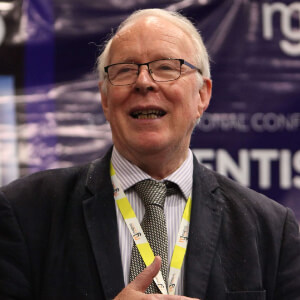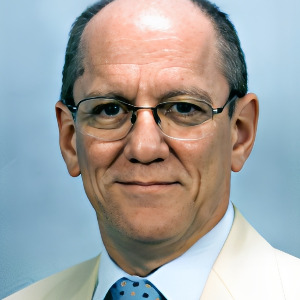3D Printing in Dentistry
3D printing, also known as additive manufacturing, has revolutionized various industries, and dentistry is no exception. In the realm of dental applications, 3D printing offers unprecedented precision and customization. One of the significant advantages is the ability to create intricate dental models, crowns, bridges, and even complete dentures with exceptional accuracy. In traditional dentistry, the process of creating dental prosthetics involved multiple steps and often took considerable time. With 3D printing technology, the production time is significantly reduced, leading to quicker turnaround times for patients. This not only enhances efficiency but also allows for more streamlined and cost-effective dental procedures.
The customization capabilities of 3D printing in dentistry are remarkable. Dental professionals can tailor prosthetics to each patient's unique oral anatomy, ensuring a perfect fit and improved comfort. The technology also facilitates the creation of temporomandibular joint (TMJ) implants and orthodontic devices with precise specifications, contributing to better treatment outcomes. Additionally, 3D printing enables the fabrication of surgical guides for implant placement, enhancing the accuracy of dental surgeries. This innovation has proven invaluable in implant dentistry, offering dentists a reliable tool for precise positioning of implants. Materials used in 3D printing for dentistry are diverse, ranging from biocompatible resins to metal alloys. This versatility allows for the production of various dental components, from rigid structures for crowns to flexible materials for night guards.

David Geoffrey Gillam
Queen Mary University of London, United Kingdom
Zvi Loewy
New York Medical College, United States
Khamis A Hassan
Global Dental Research Centre, Canada
Laurindo Moacir Sassi
Erasto Gaertner Hospital Cancer Center and Mackenzie Evangelical University Hospital, Brazil
Arnaldo Castellucci
Dr. Castellucci MD, DDS, Italy
Yasser Khaled
Marquette University, United States



Title : Efficacy of a biomin F toothpaste compared to conventional toothpastes in remineralisation and dentine hypersensitivity: An overview
David Geoffrey Gillam, Queen Mary University of London, United Kingdom
Title : Importance of clinical pharmacokinetics of medications in the postoperative period of patients undergoing dental surgical procedures
Vitoldo Antonio Kozlowski Junior, Ponta Grossa State University, Brazil
Title : Dealing with peri implantitis: An insight to various treatment regimens
Preetinder Singh, Academy of Oral Surgery, United States
Title : Knowledge and attitudes of dental professionals in the evaluation of Molar Incisor Hypomineralisation (MIH): Awareness, diagnosis and treatment approaches: An overview
David Geoffrey Gillam, Queen Mary University of London, United Kingdom
Title : Single root molars prevalence and its significance in human dental evolution
Uri Zilberman, Ben-Gurion University of the Negev, Israel
Title : Enhancing root canal success strategic use of orifice opener one step synthesis gels orifice barriers
Emmanuel Samson, Consultant Total Dental Care, India